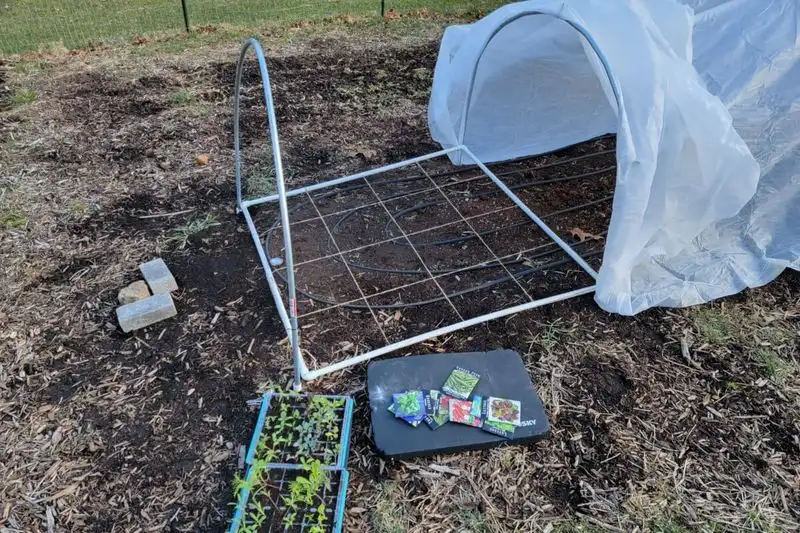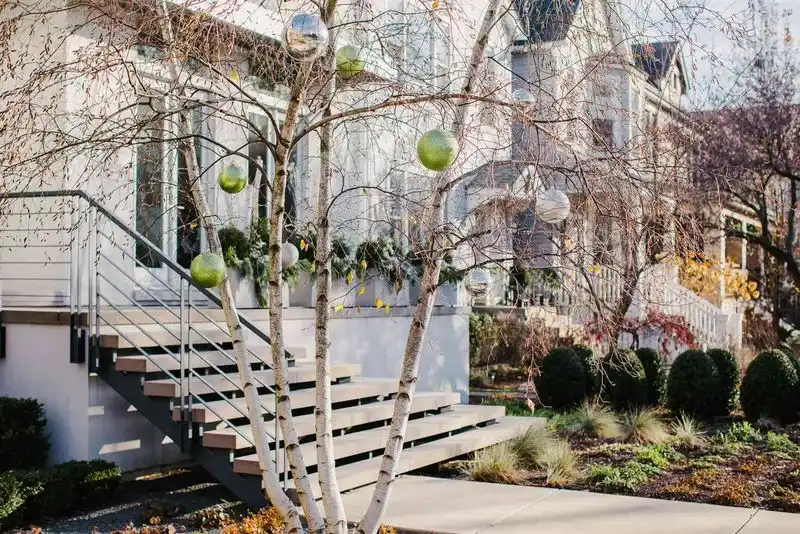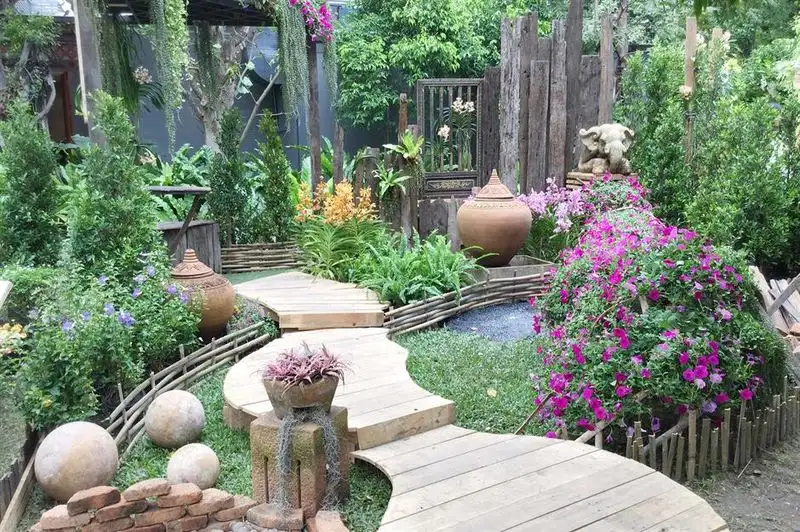It’s easy to look at a beautifully designed garden and think, “I can do that.” And honestly, with enough patience and trial-and-error, a lot of us can pull something together that looks pretty nice. But there’s a reason professional garden designers avoid certain things—even ones that seem totally harmless or even helpful at first.
Homeowners, understandably, want quick results or try to fit everything they love into one space. Designers, on the other hand, know what tends to backfire in the long run. This list covers some of the most common choices people make that pros almost never do—and why skipping them can save you time, money, and a lot of frustration.
Planting Without a Plan

Many homeowners dive straight into planting without a plan, excited to get their hands dirty. However, professional garden designers know that successful gardens begin on paper. They carefully map out where each plant will go, considering sunlight, soil type, and eventual plant size.
Avoiding a plan can lead to overcrowded spaces or plants struggling for nutrients. A thoughtful layout respects each plant’s needs, ensuring a harmonious garden. The visual balance is essential, blending colors and textures for an appealing outdoor space.
Don’t rush; sketch a plan to turn your garden into a masterpiece.
Ignoring Soil Health

Garden designers never underestimate the foundation of every plant: the soil. While homeowners might overlook this, believing plants only need water and sun, the truth is richer. Soil health affects everything from plant growth to pest resistance.
Neglecting soil can result in weak plants prone to disease. Designers often recommend soil tests to determine nutrient levels and pH, tailoring amendments accordingly.
Healthy soil is the secret ingredient to a thriving garden. It’s like the canvas for a painting; without it, the picture can’t come to life.
Overlooking Microclimates

Understanding microclimates is crucial for garden design success. Homeowners might plant uniformly, ignoring subtle climate variations within their garden. Designers, however, pay keen attention to these nuances.
A garden’s microclimate can influence temperature, moisture, and wind exposure. Recognizing these factors allows for better plant placement, ensuring each species thrives.
Designers strategically use shade, windbreaks, and water features to modify microclimates. This attention to detail creates an environment where plants can flourish. It’s like dressing appropriately for the weather; the right conditions make all the difference.
Neglecting Seasonal Interest

Garden designers ensure a space blooms with interest year-round. Homeowners often focus on peak seasons, missing out on the beauty each season brings.
Designers craft gardens that transition smoothly from spring blossoms to autumn hues, incorporating evergreens and winter berries. This continuous interest keeps a garden lively.
Ignoring seasonal interest means missing out on a garden that offers something new as months pass. It’s about creating a living masterpiece that evolves with time, much like a well-curated art exhibition that changes with each visit.
Choosing Plants for Instant Gratification

Patience is a virtue in garden design. Homeowners might choose plants that offer immediate blooms, but designers think long-term. They understand that a garden is a living entity that changes with time.
Fast-growing plants can outcompete others, leading to a tangled mess. Designers select species that grow harmoniously, considering future growth and maintenance.
Gardens are journeys, not destinations. A carefully curated selection rewards patience with enduring beauty and balance. It’s akin to investing in a fine wine; the best results come with time and care.
Overdecorating with Ornaments

Less is more in garden design. Homeowners might clutter their gardens with too many ornaments, disrupting the natural flow. Professional designers aim for harmony and subtlety.
Ornaments should complement, not overpower. A few well-placed pieces can enhance a garden’s charm, while excess can distract from natural beauty.
Think of ornaments as accents, like jewelry; they should highlight, not overshadow. Choosing quality over quantity ensures the garden’s essence remains pure and inviting.
Forgetting Functionality

Functionality is key in garden design. Homeowners often focus solely on aesthetics, neglecting how the space will be used. Designers, however, prioritize both beauty and usability.
A garden can be a sanctuary or social hub, depending on its layout. Designers incorporate seating, pathways, and lighting to enhance functionality.
Ignoring functionality can result in a beautiful yet impractical space. A well-designed garden invites interaction and enjoyment, much like a welcoming home that invites guests to linger.

